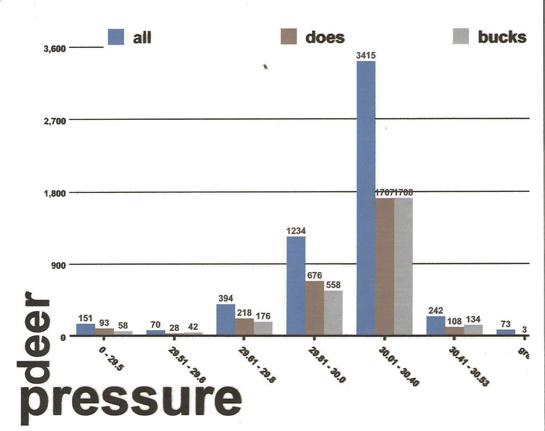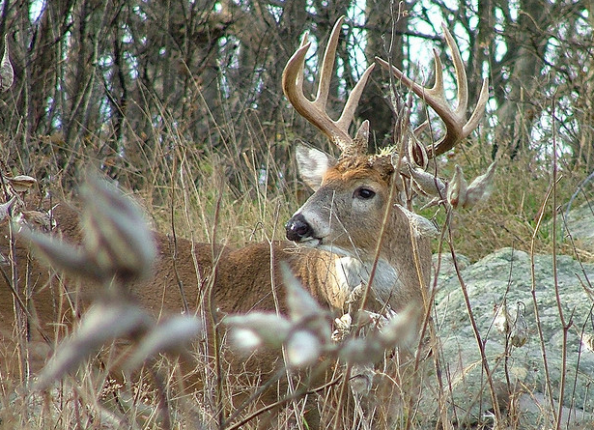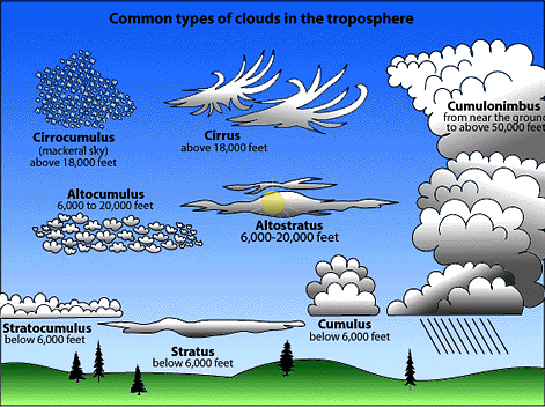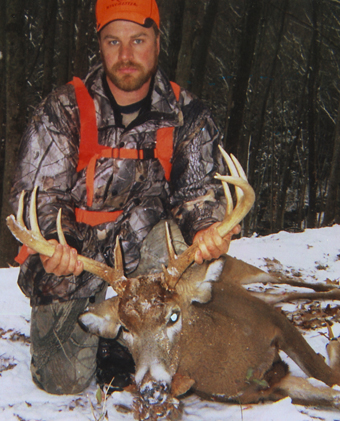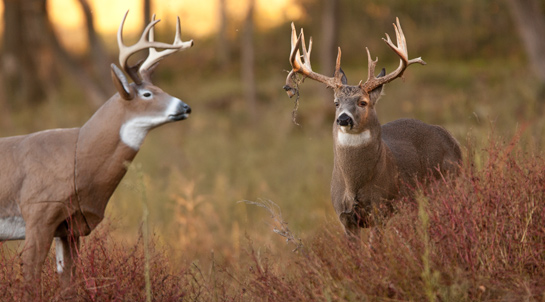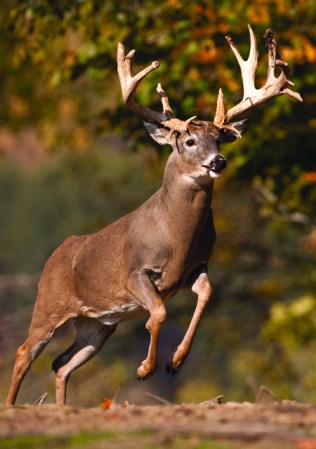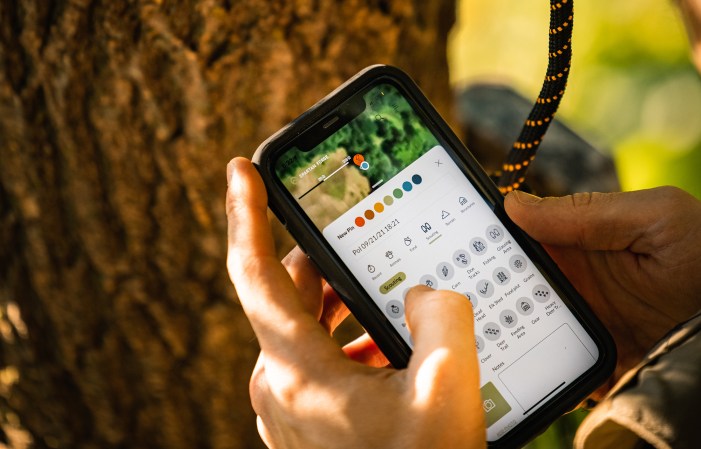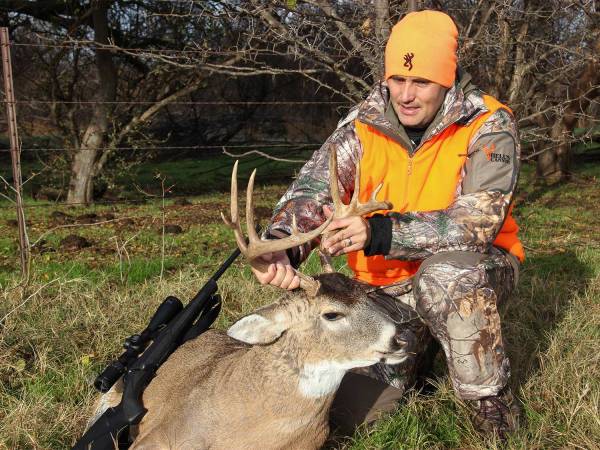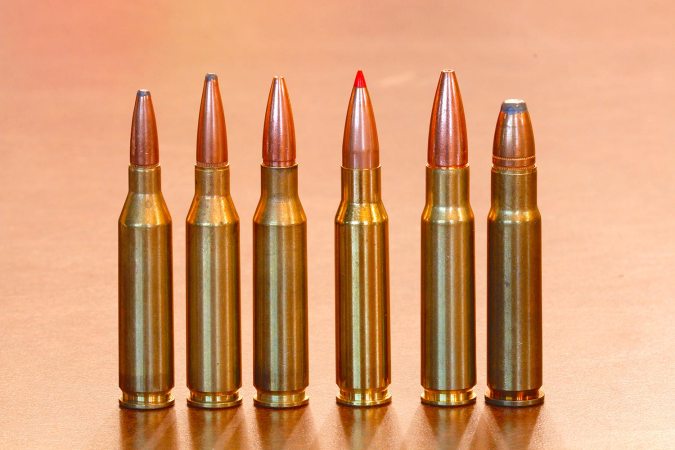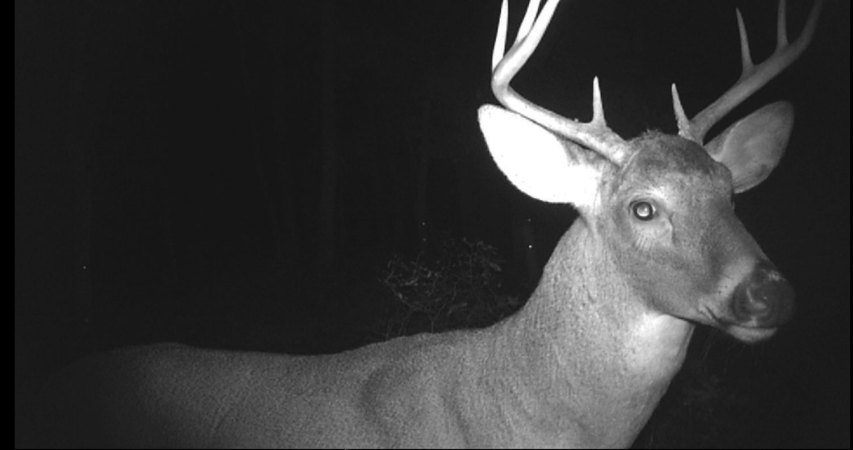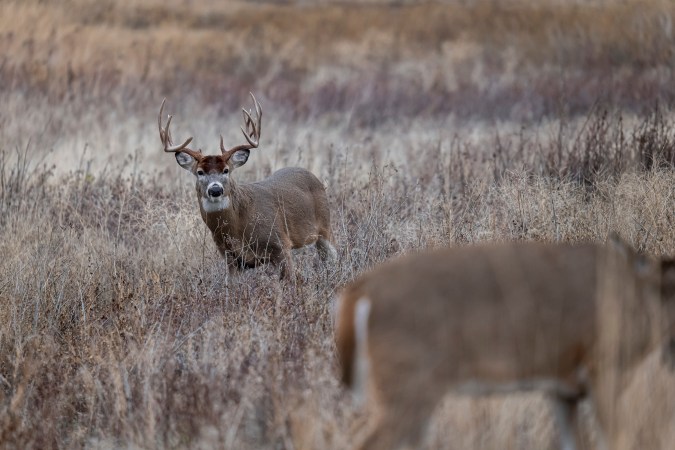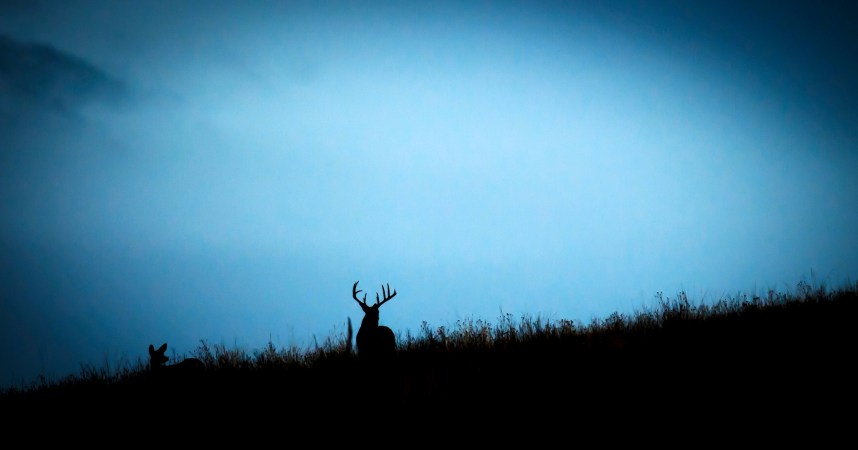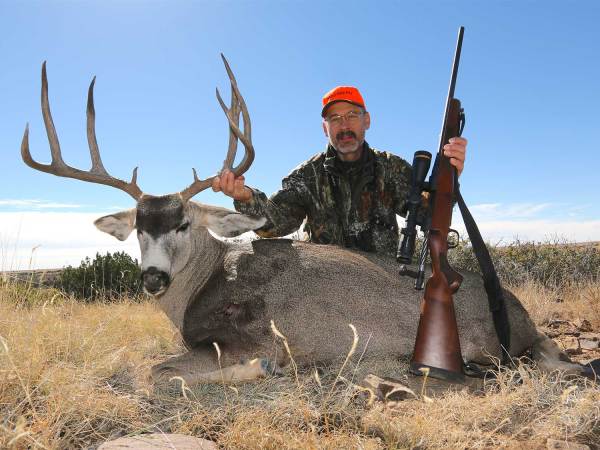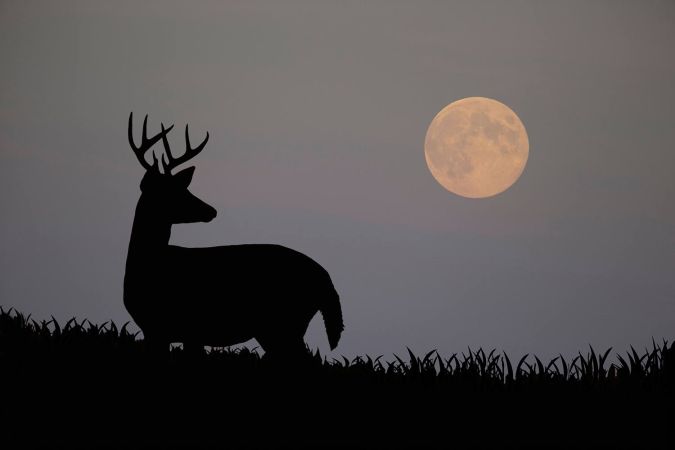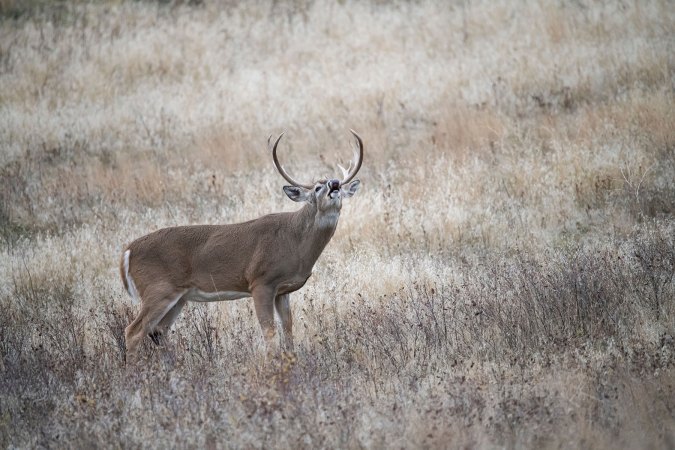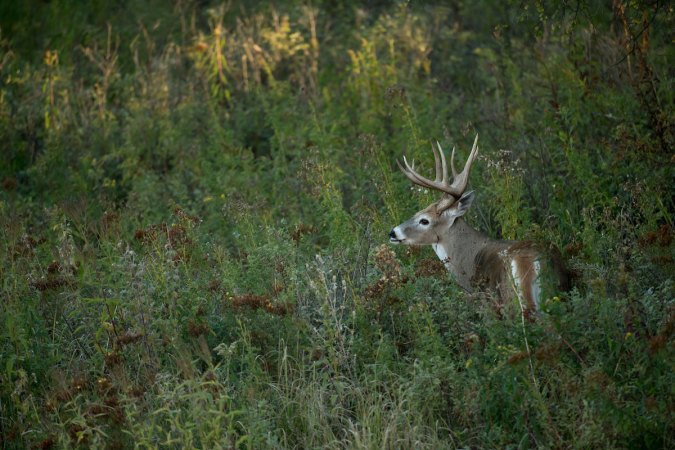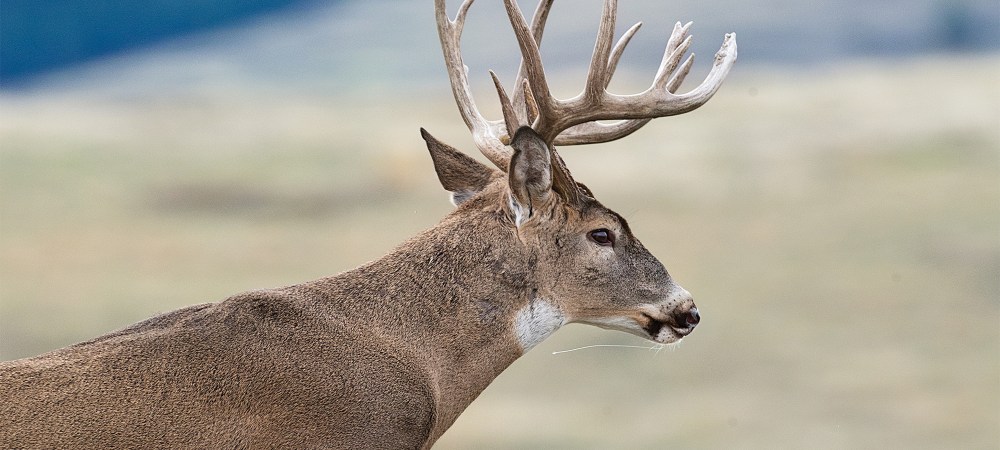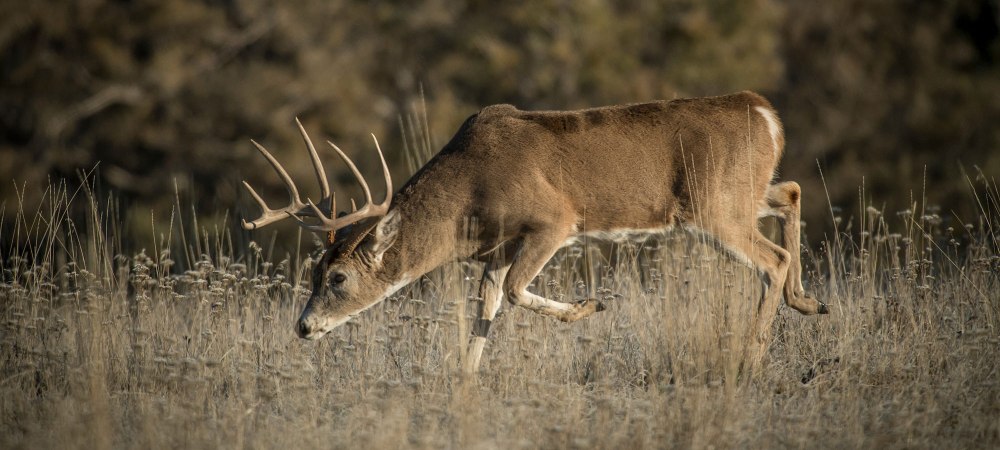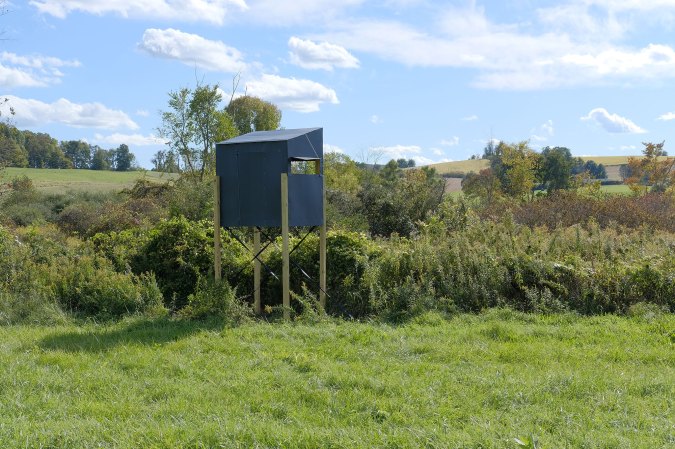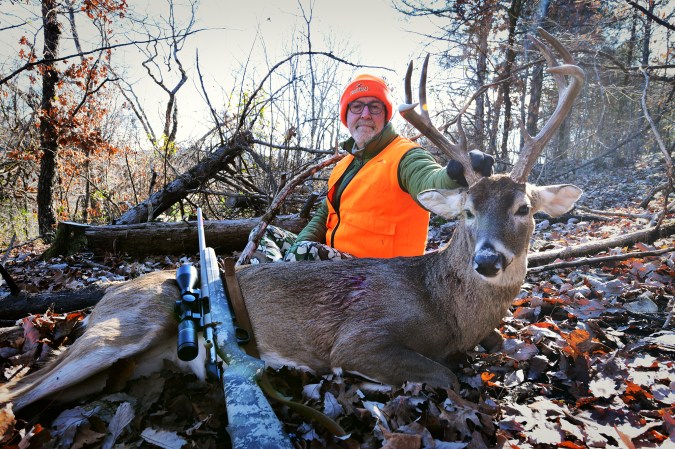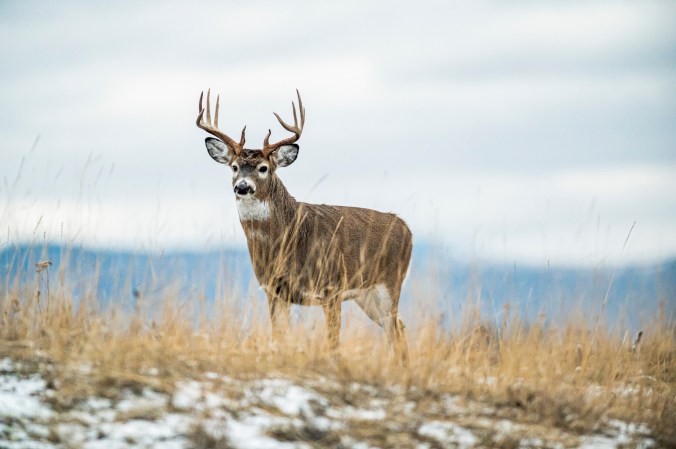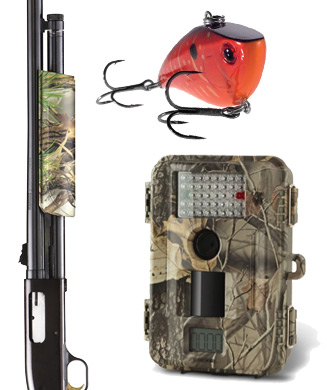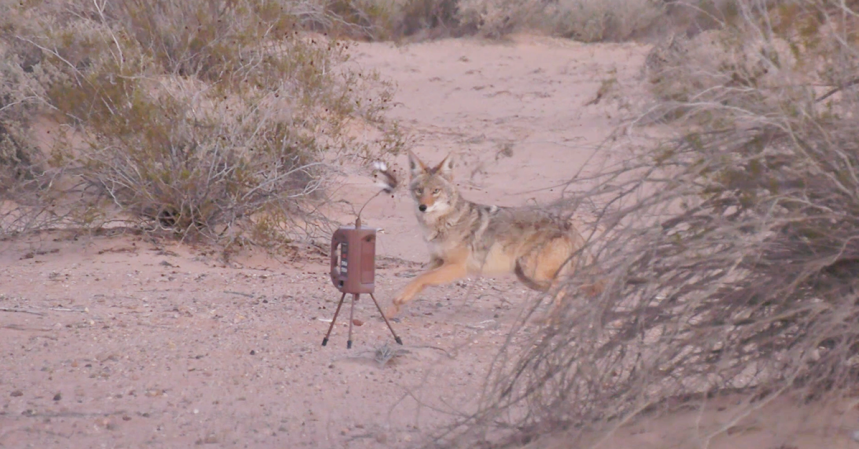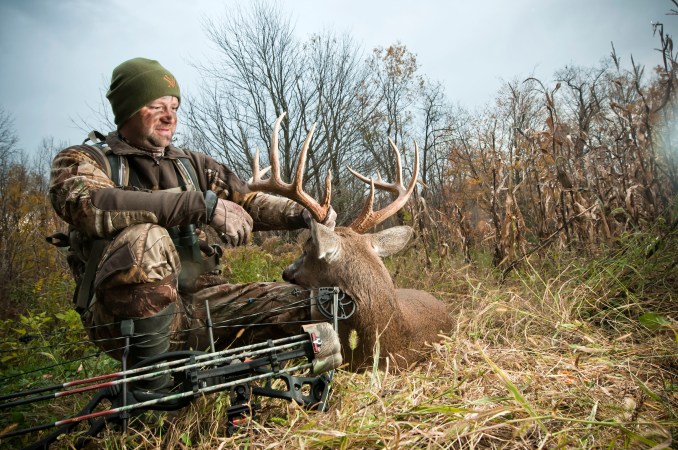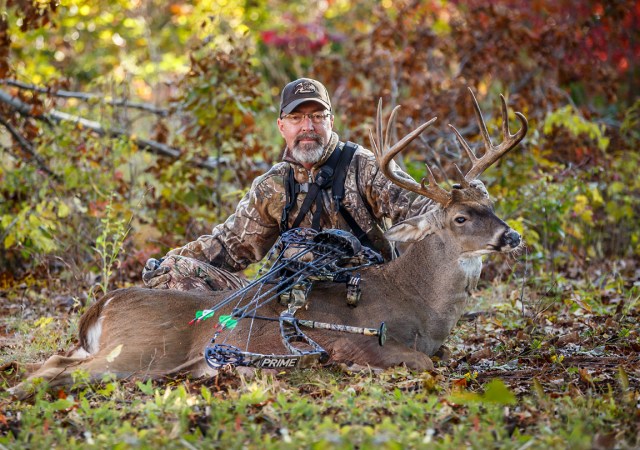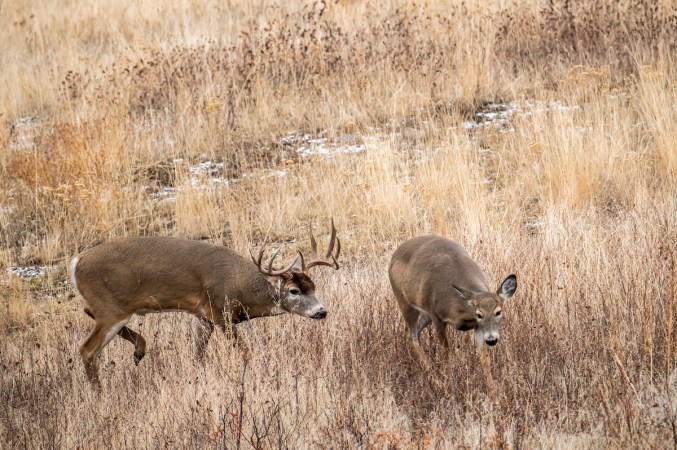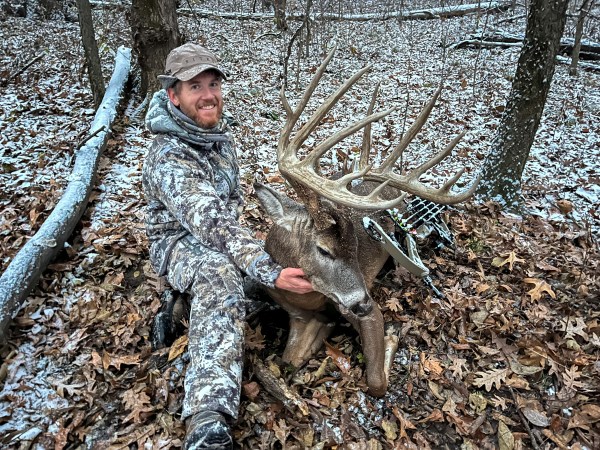When deer season starts, it’s natural to pay attention to the weather factors you can easily see and feel: the cloud cover above, the wind in your face, the rain drops dripping from the brim of your cap.
But it’s easy to forget about the most important factor of all: barometric pressure. It’s more difficult to judge without an instrument or the Internet, but you should know that pressure rises after a front passes and when high a high pressure system is building. It lowers before the arrival of a front and during a low pressure center.
I have collected barometric pressure data from around the country for years through log book entries from trail cameras, hunters and private studies. The results are clear and indisputable. Deer like a pressure above 30.00 in.
And if you want to see bucks, the ratio of bucks to does sighted when the pressure is between 30.00 – 30.40 is a staggering 1 to 1! When it drops and is between 29.8 and 30.00 there were a third as many deer spotted and with that figure your chances of seeing a buck drops to 1 in 3.
There is a sweet spot within the pressure scale that I have found and it seems to be at 30.20 to 30.30. There will also be a difference in sightings depending on if the pressure is rising or falling. Rising pressure right before its peak is best.
A lot of these high pressure points will come with wind, as that is a sure sign of pressure change. The windier it is, the more dramatic the change (usually). That’s why so many trophies are taken right after sustained high winds of +30 mph have died down. Watch your areas pressure in conjunction with high winds sometime and see what I mean. North winds (NE to NW), seem to bring the highest barometer readings. I believe that’s why many of our best stands and hunts are in conjunction with winds from these directions. You can easily follow your area’s pressure by using the barometric trend graphs on OutdoorLife.com/Weather.
